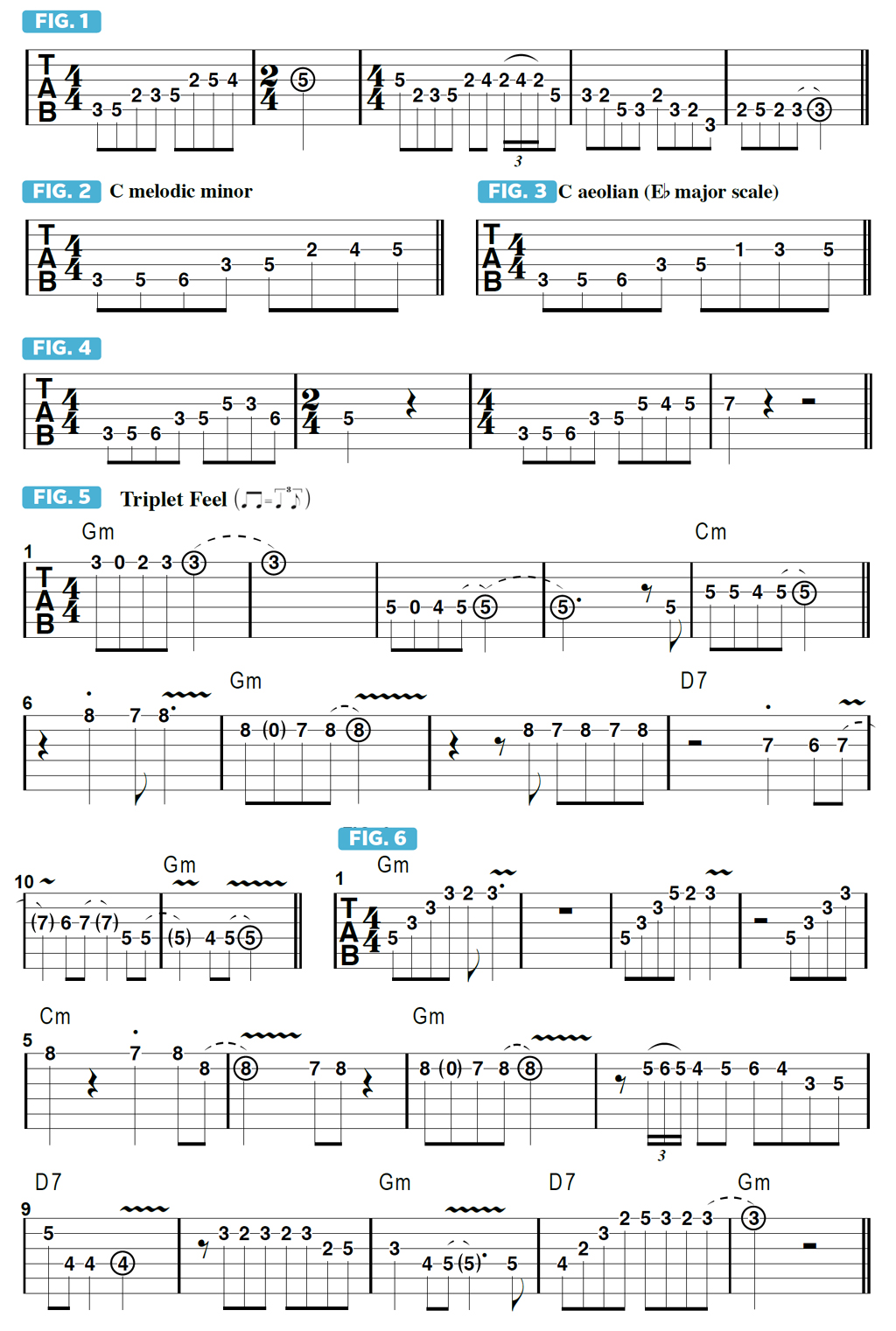How understanding the power of leading tones will help you craft better melodies
An essential lead-writing primer with jazz guitarist Stéphane Wrembel
Both improvising and composing are states of mind, separate but with the shared goal of creating melodies. But creating melodies is a great mystery! There is no formula for it, just as there is no formula for writing a novel.
There are, however, a few tools, or devices, that we can use to make it possible to find melodic angles to the lines we construct, and one particularly useful one is the use of what is called a leading tone, also known as an approach note, which is a note one half step below the target note, which is typically the root of the chord.
The use of leading tones is something I discovered in studying the counterpoint of Renaissance music, in which it was often employed in the resolution of melodic phrases. The presence of the leading tone in setting up the return to the tonic (the “one” chord of the home key) serves to reinforce the sense of the overall tonality of the composition.
If I have a melody based on the notes of the C major scale, I can use the B note to close the phrase, reinforce the sense of tonality and create a beautiful melody, as demonstrated in FIGURE 1. The B-to-C move seems to magically reinforce the resolution to the tonic, C, and does so with a satisfying sense of finality.
In a minor key, oftentimes we will play ascending melodies using one series of notes and use a different one in descending melodies. FIGURE 2 illustrates the C melodic minor scale (C, D, Eb, F, G, A, B), which is used for ascending melodic lines, and FIGURE 3 depicts the C natural minor scale, or C Aeolian mode (C, D, Eb, F, G, Ab, Bb), which is traditionally used for descending melodic lines in the key of C minor.
The reason we use melodic minor on the way up is it includes the B natural leading tone, which makes for a more pleasing resolution. FIGURE 4 offers examples of this principle in action.

Let’s now apply this principle to a 12-bar blues form in G minor. We will use the F# leading tone into G, a B leading tone into C and a C# leading tone into D. FIGURE 5 illustrates the first of two solos over this 12- bar form: here, the entire melodic content of the solo is based on moving from the leading tone to the temporary tonic, which is the underlying chord at the moment.
Next, FIGURE 6 offers another 12-bar improvised solo: here, I build more complex phrases that relate directly to each chord in the progression. Notice how I've employed arpeggios to outline, or melodically describe, the underlying chords.
It’s good practice to improvise over the 12-bar minor blues form at various tempos, so record a backing track to solo over and try to infuse as many of these techniques as you can into your own creative lines.
Get The Pick Newsletter
All the latest guitar news, interviews, lessons, reviews, deals and more, direct to your inbox!








![Joe Bonamassa [left] wears a deep blue suit and polka-dotted shirt and plays his green refin Strat; the late Irish blues legend Rory Gallagher [right] screams and inflicts some punishment on his heavily worn number one Stratocaster.](https://cdn.mos.cms.futurecdn.net/cw28h7UBcTVfTLs7p7eiLe.jpg)

